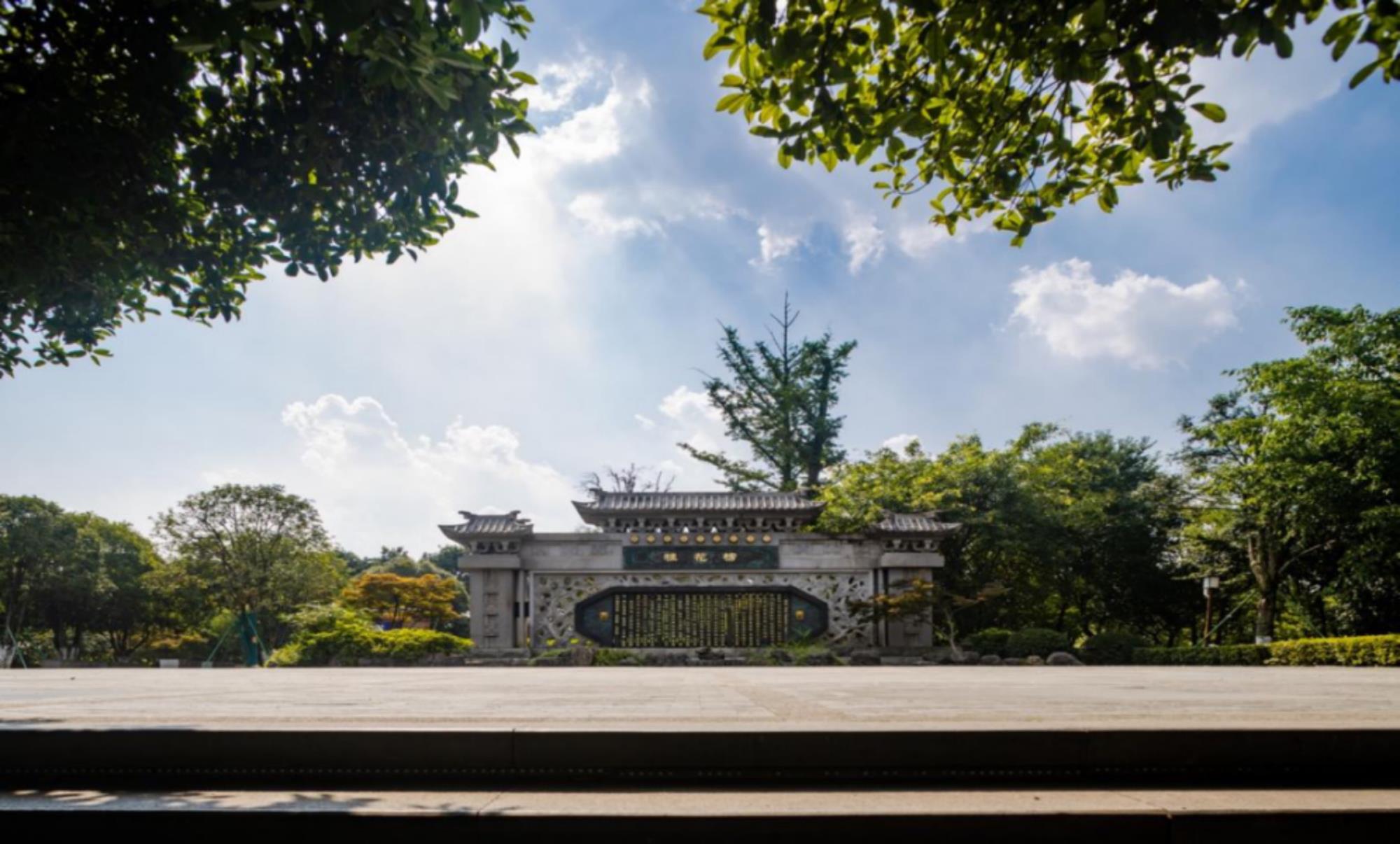
Magnolia (scientific name: Yulania denudata (desrousseaux) d. L. Fu) is a Magnoliaceae and Magnolia plant. Deciduous tree, with a height of 25 meters and a diameter at breast height of 1 meter, and branches spreading widely to form a broad crown; Bark dark gray, rough and cracked; Branchlets slightly thick, grayish brown; The winter buds and pedicels are densely covered with grayish yellow long silky hairs. The leaves are papery, obovate, broadly obovate or, obovate elliptic, and the base is only elliptic with long branches and leaves. Flower bud ovoid, flower leaves open, erect, fragrant, 10-16 cm in diameter; Perianth segments 9, white, base often pinkish; Stamens 7-12 mm long, anthers 6-7 mm long; Pistil narrowly ovate, 3-4 mm long, with 4 mm long cone-shaped style. Aggregate fruit cylindrical; Follicles thick woody, brown, with white lenticels; Seeds cordate, laterally compressed. The flowering period is from February to March (it usually blooms again in July to September), and the fruiting period is from August to September.
Growth habit:
Magnolia is more sensitive to temperature, and the more southward it blooms, the earlier it blooms. It blooms in May in Beijing, April in Henan, March in Shanghai, and February in Kunming. In Hangzhou, flowers generally begin in the middle of March, enter the full bloom period in late March, and wither in early April, with a flowering period of 10-20 days. The flowering time is related to the temperature of the year. The flowers begin in late February and end in late March. The fruit began to mature in early September, and the seeds began to fall off in late September. Leaf buds generally expand in late March, spread leaves and shoot in early April, start to change color in mid October, fall in late October, and fall off in mid November.
Curing method:
Pouring root water: the root of Magnolia is fleshy, which is easy to lose water. Therefore, it is required to dig, transport and plant quickly and in time to avoid excessive water loss and affecting survival. After the magnolia is transplanted, the first root fixing water should be timely, and sufficient and thorough water should be poured, so that the root system can fully contact with the soil and be conducive to survival; When watering, the pit must be surrounded. In addition, 10 grams of dissolved rooting agent can be poured into the tree hole with water to promote the growth of new roots. After 7-10 days, water the second time. Water for the third time in about 20 days. Trunk protection: the branches of Magnolia are most easily burned by the hot sun, resulting in the skin bursting and withering, resulting in serious damage. For newly planted magnolia, it should be painted white after transplanting. It can also be wrapped with straw rope for about 2 meters to reduce water evaporation. In case of drought, water can be sprayed onto the straw rope to create a humid environment.




